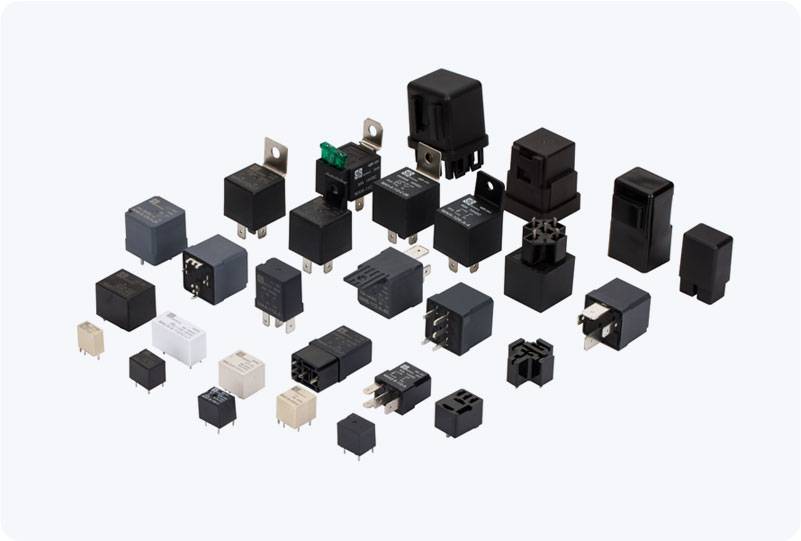Automation relay is an indispensable component in modern industrial control systems. It plays a crucial role in automating various tasks, enhancing operational efficiency, and ensuring safety across a wide range of applications. These devices are designed to control electrical circuits by switching on or off based on specific signals or conditions. Their ability to automate control processes and protect critical equipment has made them a staple in sectors like manufacturing, energy, and building automation. This article explores the significance of automation relays, their types, and their essential applications in industrial settings.

Understanding Automation Relays At its core, an automation relay is an electrically operated switch that allows control over a circuit without the need for manual intervention. When a specified condition is met—such as a change in voltage, current, or time—the relay automatically triggers an action to open or close the contacts of the circuit. Automation relays are designed to respond to signals from sensors, control systems, or other automation equipment, allowing for precise and reliable control of electrical devices. Types of Automation Relays There are several types of automation relays, each designed for specific functions and applications. Below are some of the most common types: